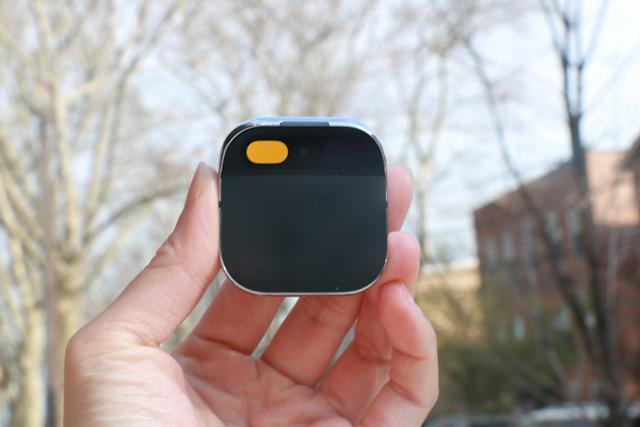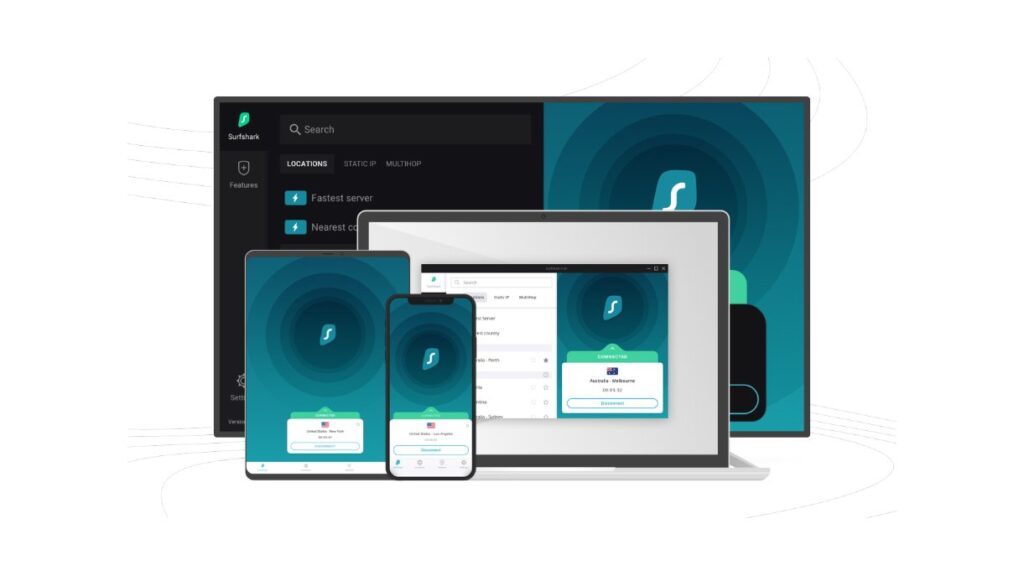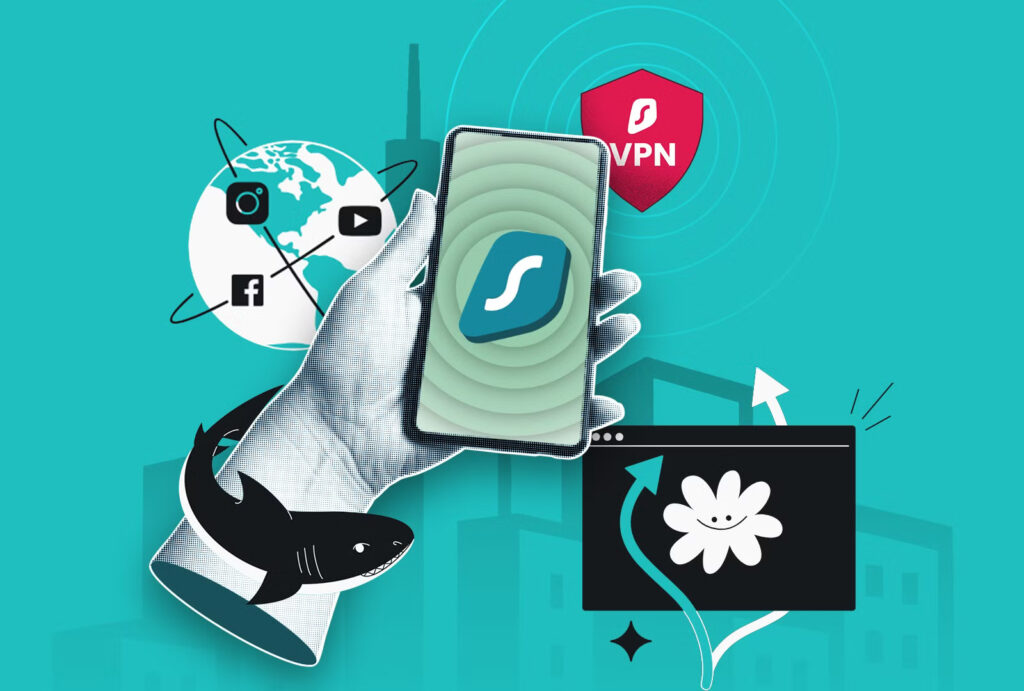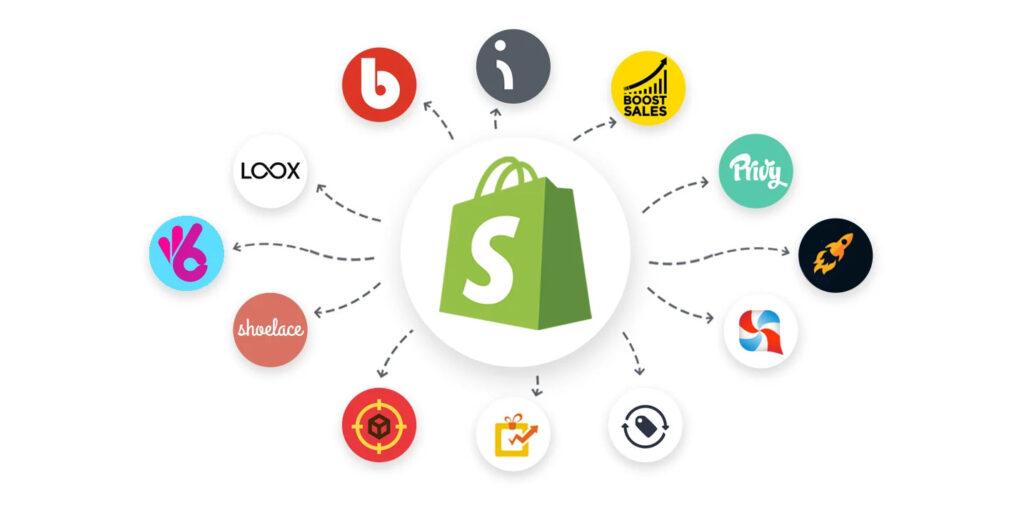Introduction to Smartphone Dependency
Smartphone dependency has become a defining feature of modern life. With countless apps at our fingertips, we find ourselves glued to screens for hours on end. While these devices keep us connected and informed, they can also create barriers in our relationships and mental well-being. It’s time to explore innovative solutions that could help us reclaim our attention.
Enter humane design—a revolutionary concept that seeks to reshape how we interact with technology. This approach prioritizes user experience while fostering healthier habits around device use. As the digital landscape evolves, so too must our relationship with it.
Imagine a world where your smartphone supports you rather than distracts you—a realm where tech enhances life instead of overwhelming it. This vision is becoming increasingly tangible through advances like wearable AI assistants and emerging innovations from startups focused on humane technology.
Join me as we delve into the behavioral impact of humane design, exploring its potential to combat smartphone dependency and cultivate a more mindful relationship with the gadgets that have come to define our daily lives.
The Concept of Humane Design
Humane design is an innovative approach that prioritizes human needs and well-being in technology. It seeks to create devices and interfaces that enhance our lives instead of overwhelming us.
At its core, humane design encourages a user-centric perspective. This allows for intuitive interactions, minimizing distractions while maximizing functionality.
Imagine a smartphone experience that respects your time and attention. Humane design aims to eliminate unnecessary notifications and features that lead to compulsive usage patterns.
By focusing on essential functions, it fosters healthier relationships with tech. The goal is not just efficiency but improving mental health as users reclaim their focus and creativity.
As we look toward future innovations like the Humane AI wearable device or Rabbit R1, this philosophy could reshape how we engage with gadgets daily. It’s about embracing technology as a supportive partner rather than an intrusive presence in our lives.
How Humane Design Addresses Smartphone Dependency
Humane design offers a fresh perspective on smartphone usage. Instead of merely focusing on user engagement, it prioritizes well-being. This shift encourages technology to serve people rather than dominate their lives.
One key strategy is simplifying interfaces. By reducing distractions and notifications, users can focus better on tasks that truly matter. This allows for a more mindful interaction with devices.
Moreover, humane design emphasizes intentionality in app usage. Features like time tracking and customizable limits empower users to take control over their habits.
Another aspect is fostering genuine connections through tech. Apps designed with human values encourage real-life interactions instead of virtual ones, promoting healthier relationships with both technology and the people around us.
As we embrace this approach, our devices become tools for empowerment rather than sources of dependency. Adopting humane principles reshapes the entire experience into one that nurtures balance and mindfulness in our digital lives.
Case Studies of Successful Implementations
Several innovative companies are harnessing humane design principles to reshape how we interact with technology. For instance, a leading tech startup launched an app that limits notifications based on user preferences. This approach has led to increased focus and improved mental well-being among users.
Another example comes from a wearable AI assistant that encourages mindful usage patterns. By providing gentle reminders for breaks or suggesting offline activities, it fosters healthier habits without overwhelming the user.
In educational settings, schools have implemented devices designed to minimize distractions during learning hours. These tools help students engage more deeply with their studies while reducing screen time.
These real-world applications demonstrate how humane design can effectively combat smartphone dependency while nurturing a more balanced relationship with technology. Each case highlights the potential for positive change in our daily interactions with digital devices.
Potential Drawbacks and Criticisms
Humane design offers a fresh perspective, but it’s not without its challenges. Some critics argue that the concept may unintentionally limit user experience. Striking a balance between usability and simplicity can be tricky.
Another concern arises from the potential for over-reliance on humane tech solutions. If users assume technology will manage their habits, they might neglect personal accountability.
Moreover, privacy issues are also at play. As devices become more intuitive and responsive to our needs, there’s an underlying fear of data misuse or surveillance.
There’s skepticism about scalability. Can these humane technologies grow to meet diverse user needs while retaining their core principles? The road ahead is complex and filled with questions yet to be answered.
Tips for Practicing Humane Design in Daily Life
Start by evaluating your device usage. Track how much time you spend on each app. This awareness can lead to healthier habits.
Set boundaries for notifications. Silence non-essential alerts to reduce distractions and foster focus.
Consider using tech that promotes well-being, like the Humane AI wearable devices. These tools prioritize user experience over constant engagement.
Create tech-free zones in your home. Designate spaces where screens are not allowed, encouraging face-to-face interactions instead.
Practice mindful consumption of content. Choose quality over quantity when engaging with media or social platforms.
Make use of settings that promote balance, such as screen time limits or “do not disturb” modes during certain hours.
Embrace slow technology principles—choose gadgets that enhance life without overwhelming it. Small steps can lead to a more humane relationship with technology every day.
A More Mindful Relationship with Technology
A more mindful relationship with technology begins with a shift in perspective. Instead of viewing our devices merely as tools for distraction, we can embrace them as extensions of ourselves that enhance our lives.
The rise of humane design principles urges us to re-evaluate how we interact with our smartphones and wearable AI assistants. Devices like the Humane AI Pin illustrate this shift, offering a way to engage more thoughtfully without overwhelming users. By prioritizing features that promote well-being over constant connectivity, these technologies help create healthier habits.
To cultivate mindfulness, consider setting specific times for phone use or engaging in tech-free activities daily. Pay attention to how your smartphone impacts your mood and productivity; make adjustments accordingly. The goal is not to eliminate technology entirely but to use it in ways that align harmoniously with your values and priorities.
As we explore the future of wearable tech, embracing innovations designed around human needs is essential. Whether you’re intrigued by the latest Humane startup AI news or looking into options like Rabbit R1, remember that every choice shapes our digital experience.
By fostering awareness around our interactions with technology, we pave the way for a balanced coexistence — one where devices serve us rather than control us. This approach not only helps combat smartphone dependency but also enriches everyday life through meaningful engagement and connection.




















